Timeless decorative elements, wood panelling has played a crucial role in the embellishment of castles throughout history. These wooden works of art are more than mere ornaments; they tell stories, reflect eras and bear witness to artistic evolution. In this article, we explore the history of woodwork in castles and their significance.
The beginnings of Boiseries in Châteaux
Medieval origins
The first wood panelling in European castles dates back to the Middle Ages. At that time, they were mainly functional, serving to insulate the cold rooms of large castles. These early installations were simple, but already laid the foundations for what was to become a major decorative art form.
The Renaissance: A turning point
With the Renaissance, woodwork became more elaborate. Castles, transformed into veritable luxury residences, featured carved, painted and gilded woodwork. Patterns became more complex, reflecting the influence of classical art and architecture.
The Golden Age of Woodwork in Châteaux
The Baroque and Rococo Style
In the 17th and 18th centuries, the woodwork reach their apogee, notably with the Baroque and Rococo styles. Castles from this period, such as Versailles in France, feature extremely sophisticated woodwork, with detailed carvings, gilding and artistic motifs.
Symbolism and Function
During this period, woodwork was not just decorative; it symbolized status and wealth. They also served to delineate spaces and create specific atmospheres in each room of the château.
Techniques and Materials
The Art of Woodcarving
Wood craftsmen use a variety of carving techniques to create detailed designs. Each piece is worked by hand, making it unique.
Wood selection
The wood used for the woodwork vary according to availability and status. Visit oakWalnut and pine are commonly used, each bringing its own particular grain and color to the final work.
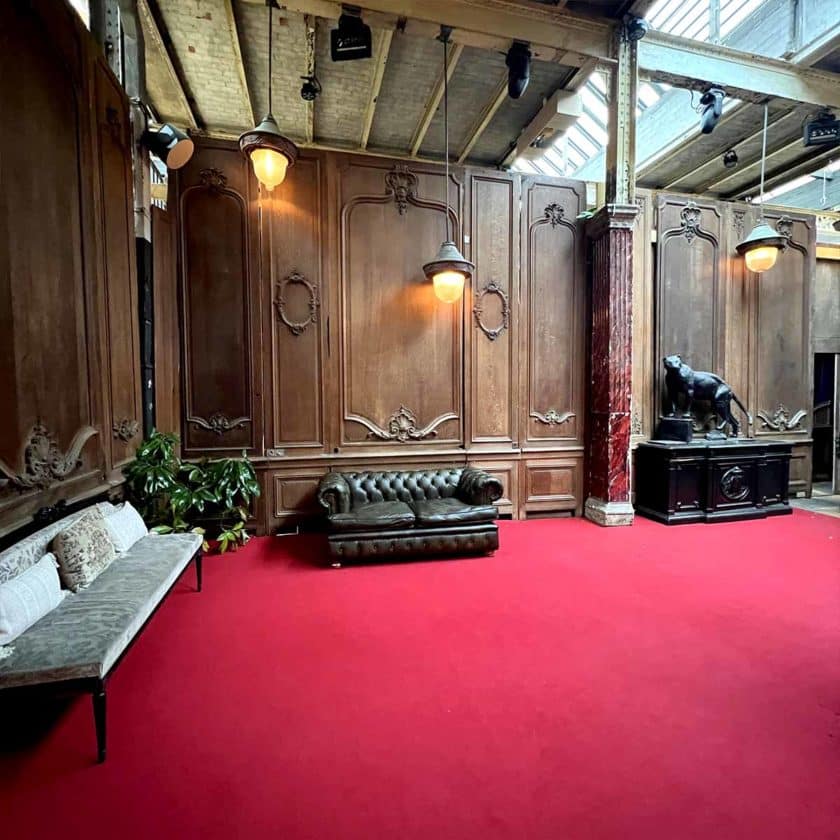
Woodwork and Social History
Reflecting Social Change
Woodwork styles and patterns evolve with social and political change. Each era leaves its mark on woodwork designs, reflecting the tastes and ideals of the time.
Conservation and Restoration
Today, the restoration of antique woodwork is a discipline in its own right. Experts strive to preserve these historic treasures for future generations, while respecting their authenticity.
Visit woodwork of castles are not merely decorative elements; they are pages of history engraved in wood. They tell the stories of past eras, reflect social and artistic change, and continue to inspire awe and wonder. By preserving these works of art, we maintain a link with our past and continue to learn from history.
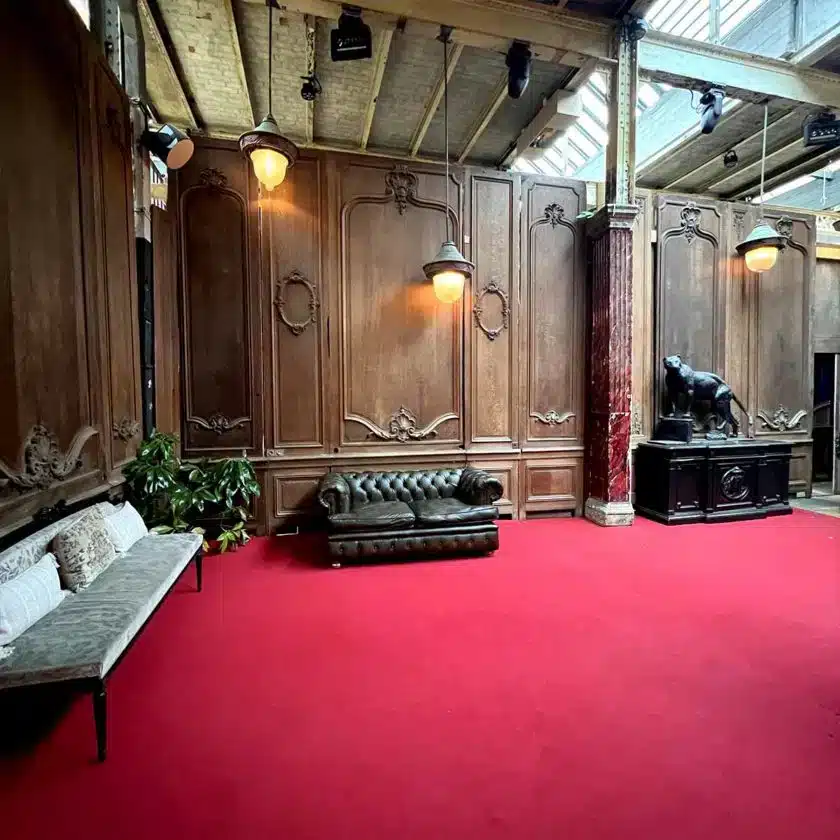





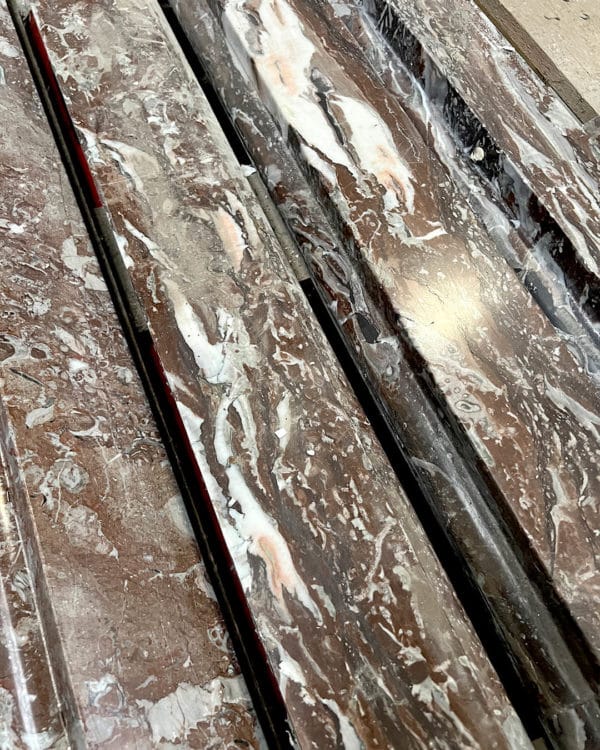
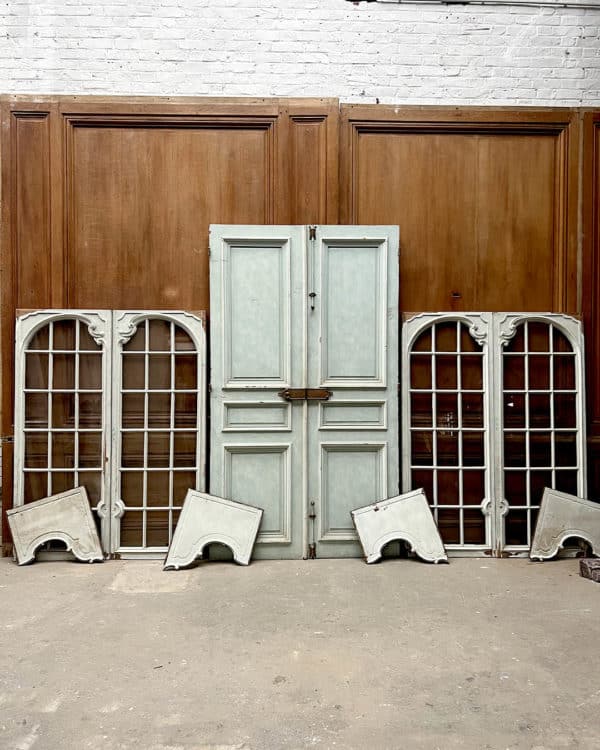
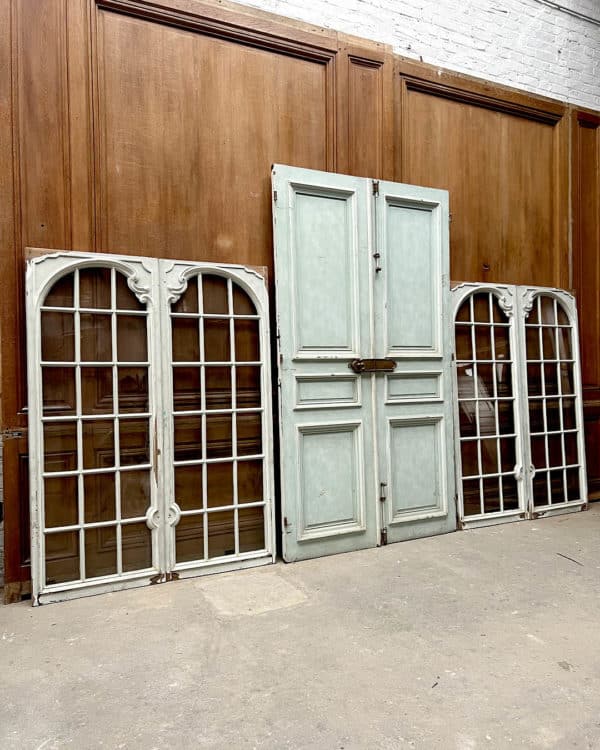
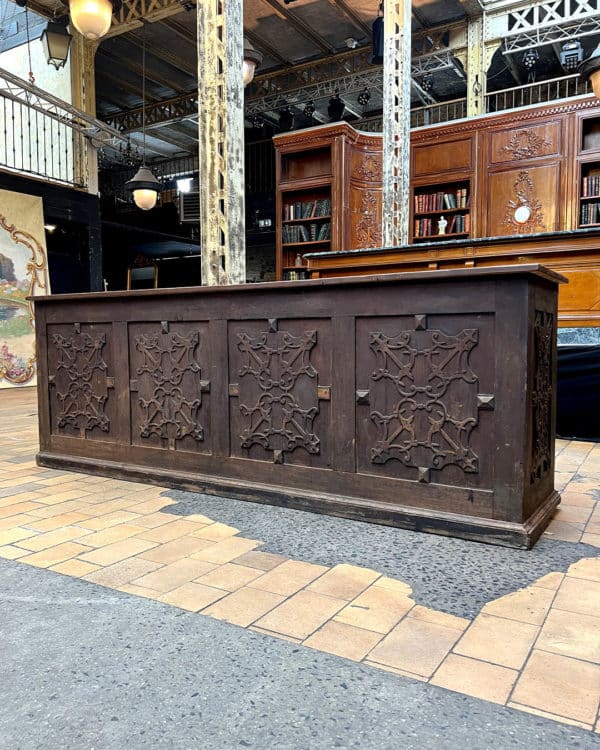

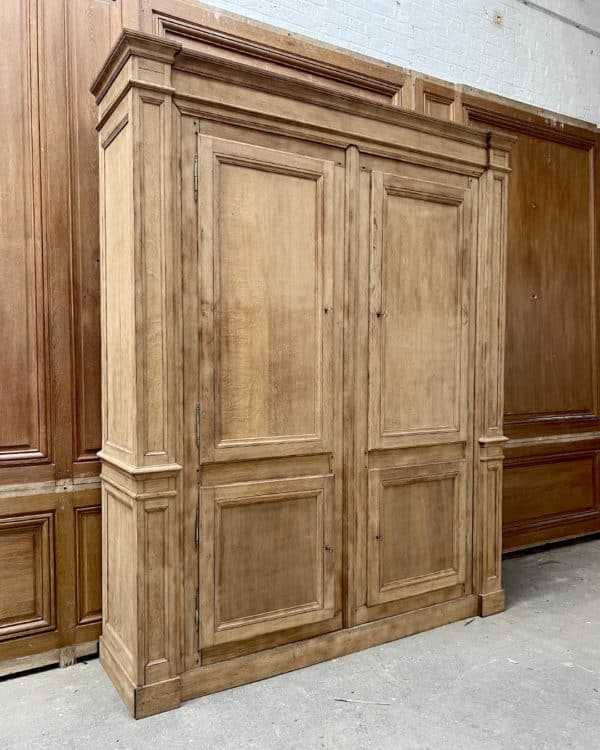
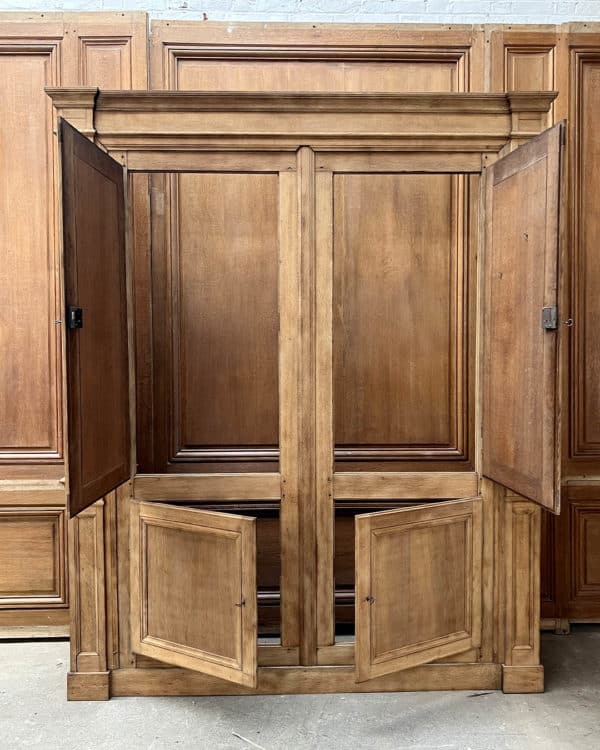

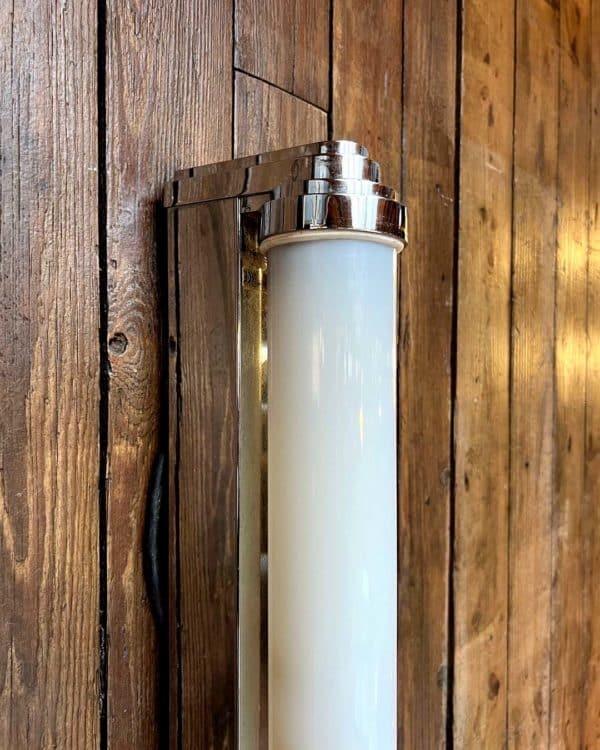

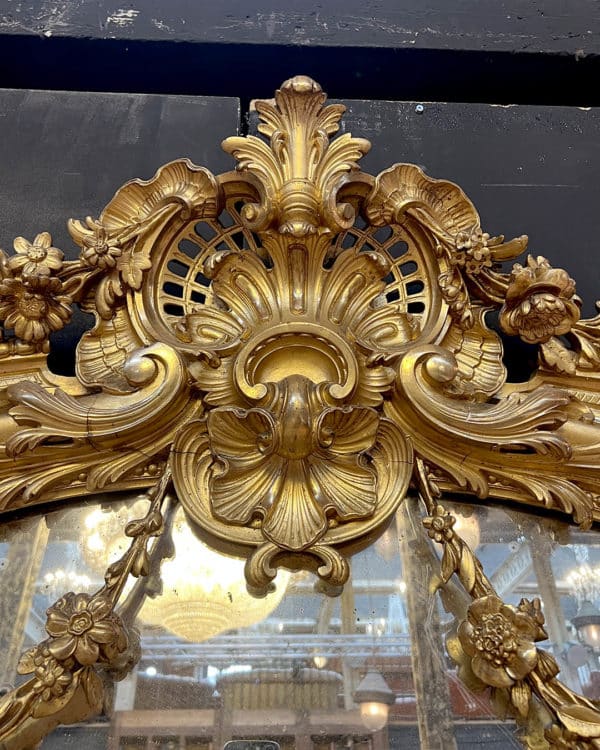
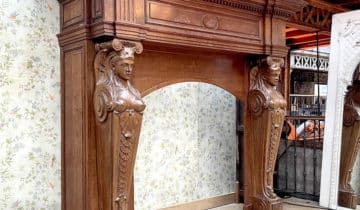

 No products in the cart.
No products in the cart.